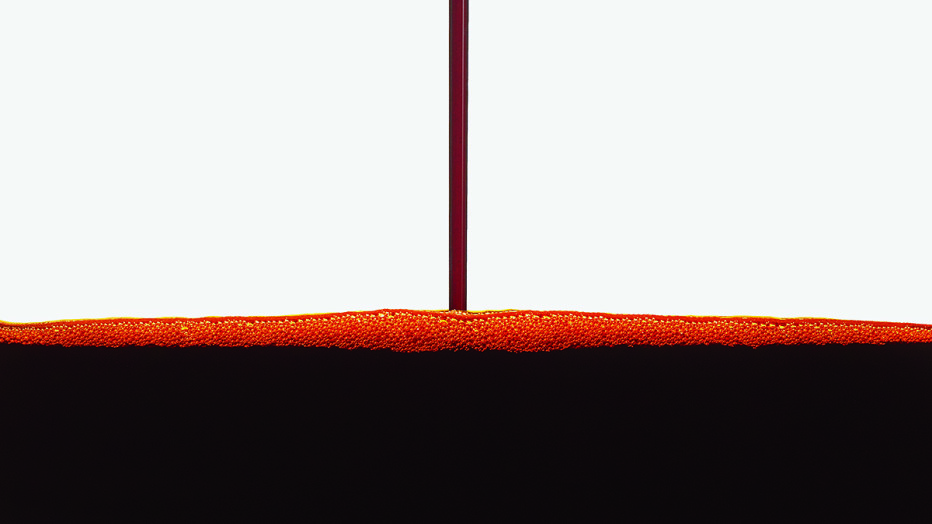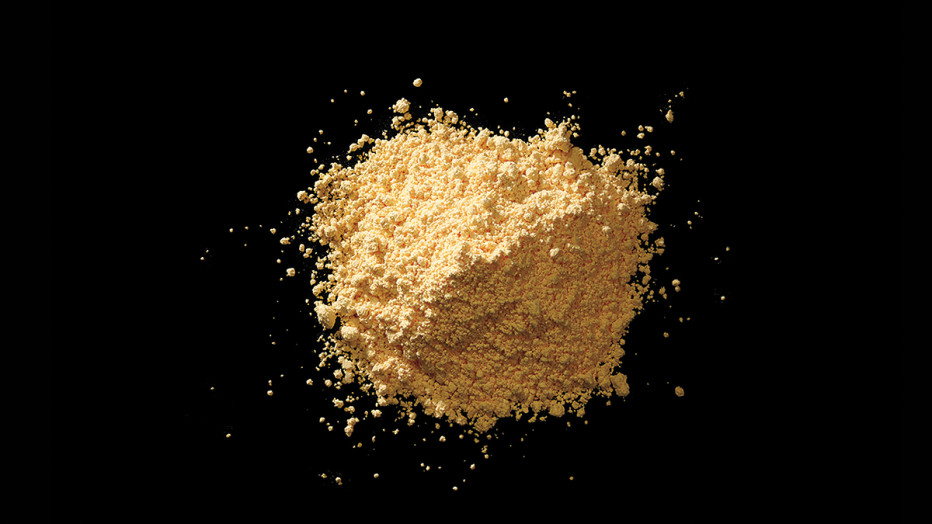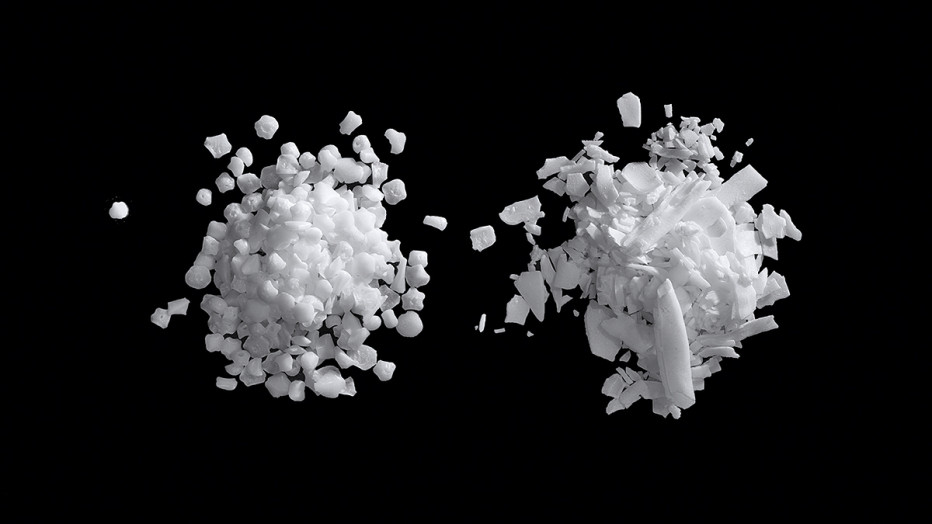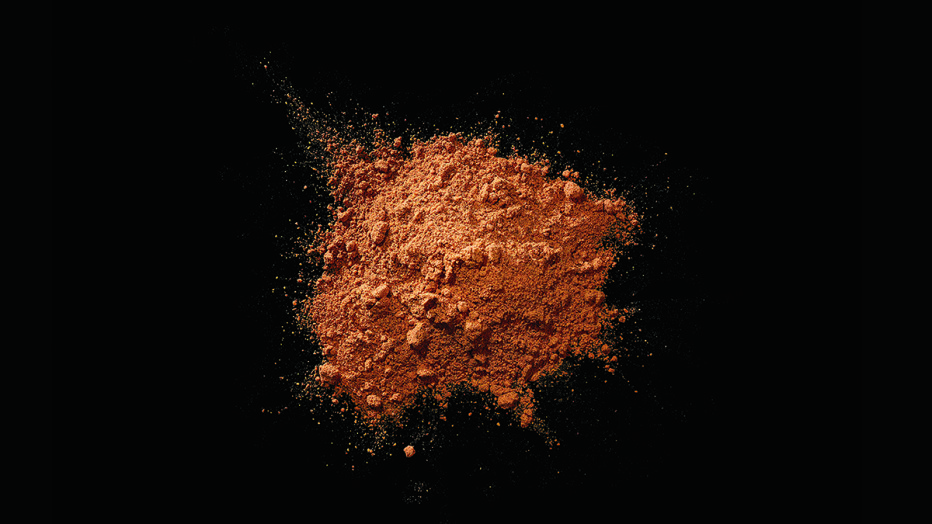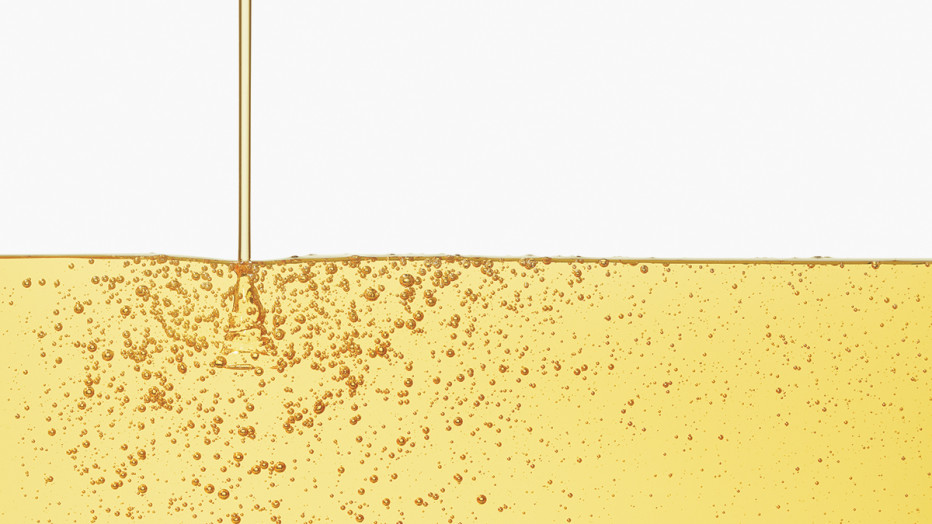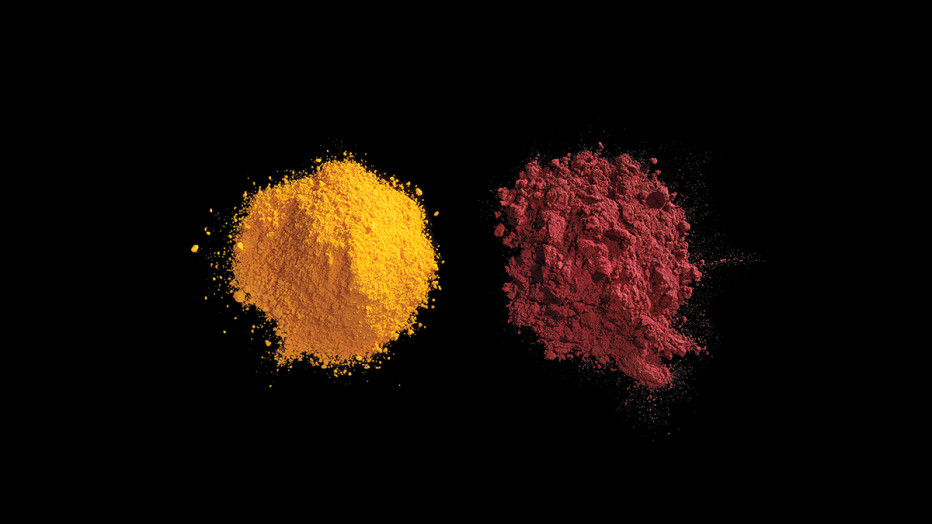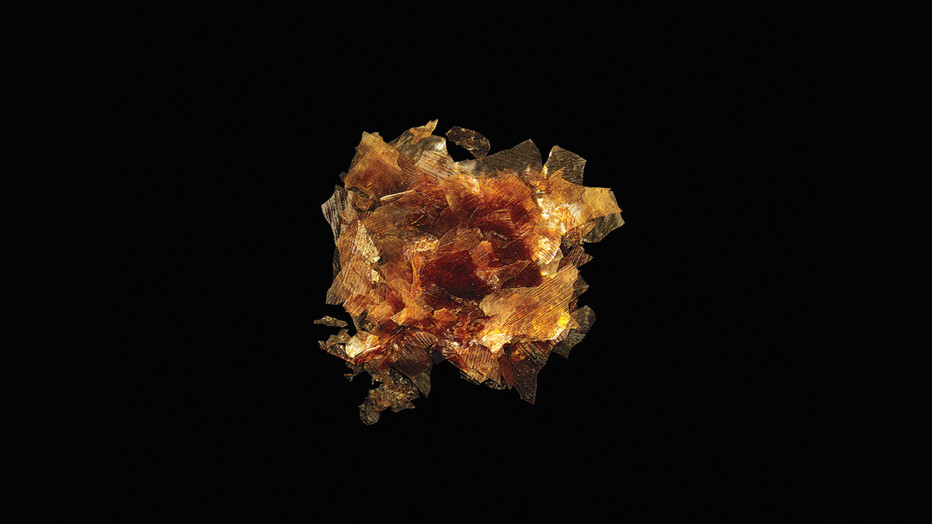Food Photography
10 Breathtaking Close-Ups Of Your Everyday Food Additives
Food Additives have been in the spotlight lately. In a pursuit to appeal to consumers who want more “natural” foods – the irony – companies have been pulling artificial colors, preservatives, and other ingredients out of their formulation.
With multi-syllabic, difficult-to-pronounce names and manufacturing processes that sound more like the instructions for a nuclear reactor than a food processing plant, some of these ingredients make people cautious of putting them in their bodies. But whether a food ingredient comes from natural sources or from a multi-step chemical process, the ways in which they make our food brighter, more appetizing and smoother are pretty impressive.
In his upcoming book Ingredients: A Visual Exploration of 75 Additives & 25 Food Products, writer Steve Ettlinger takes apart some most common ingredients included in many processed foods, exploring their journey from raw material to highly refined ingredient to your plate. And photographer Dwight Eschliman captures them all in their varied glory. From a distance, the ingredients look like a pretty homogenous set of powders and liquids, but these up-close photos emphasize their variety, revealing the small tweaks in viscosity and texture that makes the difference between a great emulsifier and a shiny coating.
Corn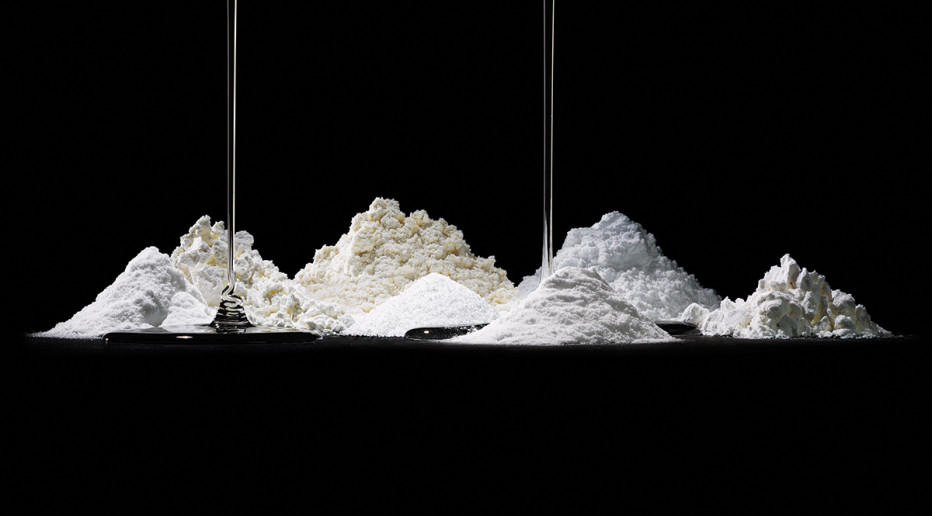
Not corn, but it’s derivatives are some of the most commonly used additives. Here we see cornstarch, modified cornstarchmaltodextrin, dextrose, corn syrup, and high-fructose corn syrup, but all the possible derivatives of corn number in the hundreds.
Lycopene
Lycopene is what gives paprika, pink grapefruit, watermelon, and tomatoes their hue.
Azodicarbonamide
This chemical was in the spotlight last year when it was demonized as the so-called “yoga mat chemical” and forced out of breads at Subway. Bakers love it for a reason: It strengthens dough and lightens the final product by helping to keep gas inside as bread bakes—the same reason it works as a foaming agent for the rubber in those yoga mats.
Fats
Mono- and diglycerides, act as emulsifiers—the glue that binds fatty molecules in food to water, allowing chefs (and industrial food processors) to make creamy sauces, peanut butters, and frostings.
Chlorophyll
Yes, the photosynthesis inducing chlorophyll makes your chewing gum and mint chocolate chip ice cream green. Now go out there in the sun and produce some oxygen.
Annatto
A colorant that also can function as a mild spice—it’s what gives Spanish rice its characteristic flavor and color.
Monosodium Glutamate
Everybody knows this guy of the Maggi noodles fame! It shows up naturally in some of nature’s best foods, but fermenting sugar and starch with a special bacteria makes the industrial stuff.
Polyglycerol Polyricinoleate
A combination of castor oil and glycerin, this is an emulsifier used in lots of chocolates, keeping the fats and oils in molten chocolate mixed in so the final product feels smooth.
Red No. 40 & Yellow No. 5
These artificial dyes start with a combination of grey and white powders, including nitric acid and tartaric acid that are mixed with petroleum byproducts, neutralized with lye, and sprayed in a mist onto burning-hot walls that immediately dry the mixture into these vibrant powders.
Shellac
Also known as confectioner’s resin or candy glaze, this is a colorant and preservative made out of- hold your breaths – a resinous excretion called lac, released by the insect Laccifer lacca. The bugs eat tree sap and process it, secreting a waterproof tube of resin that producers harvest and process to use as a natural plastic for candy and other foods that need a thin, protectant waxy coating. *hold back vomit*

